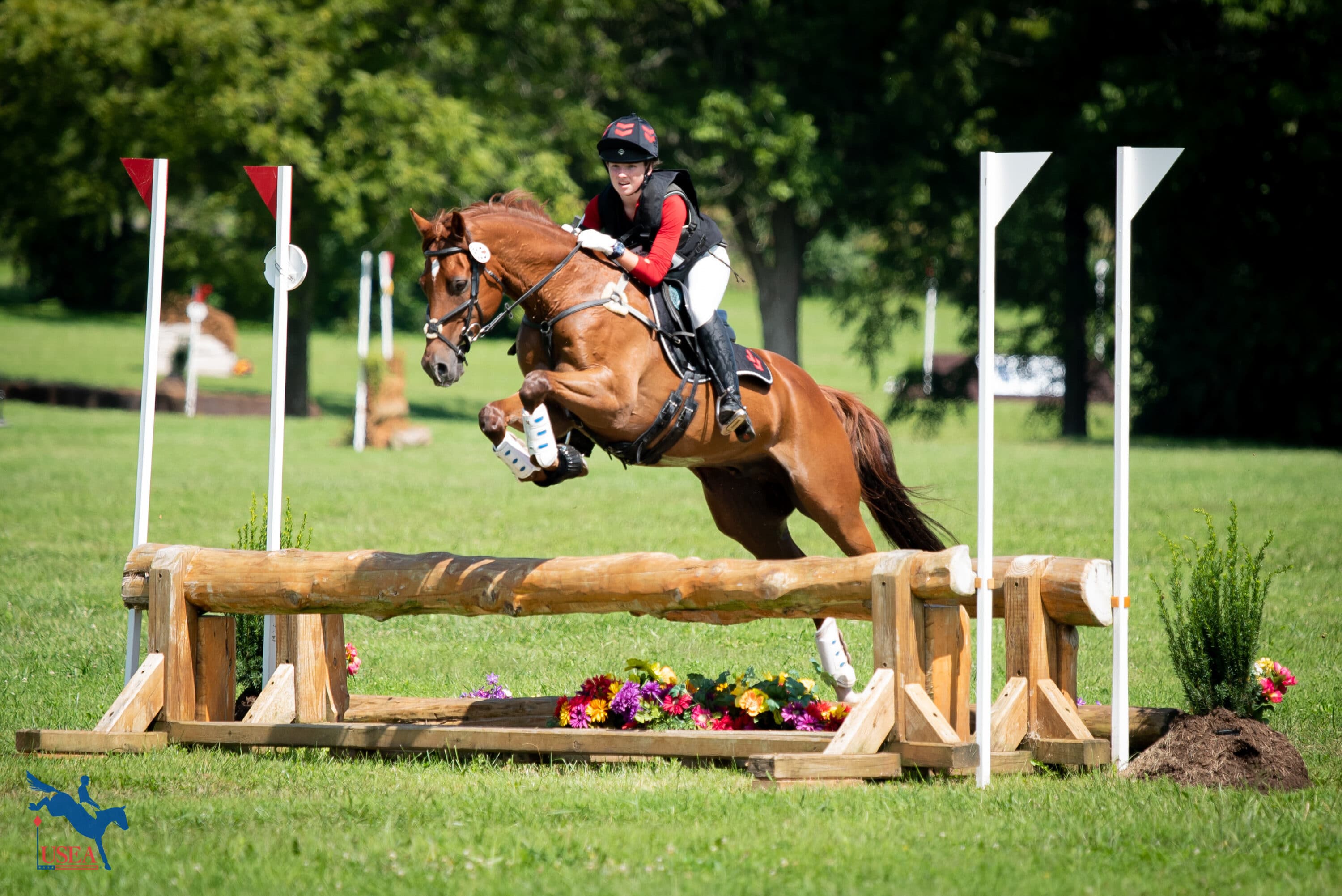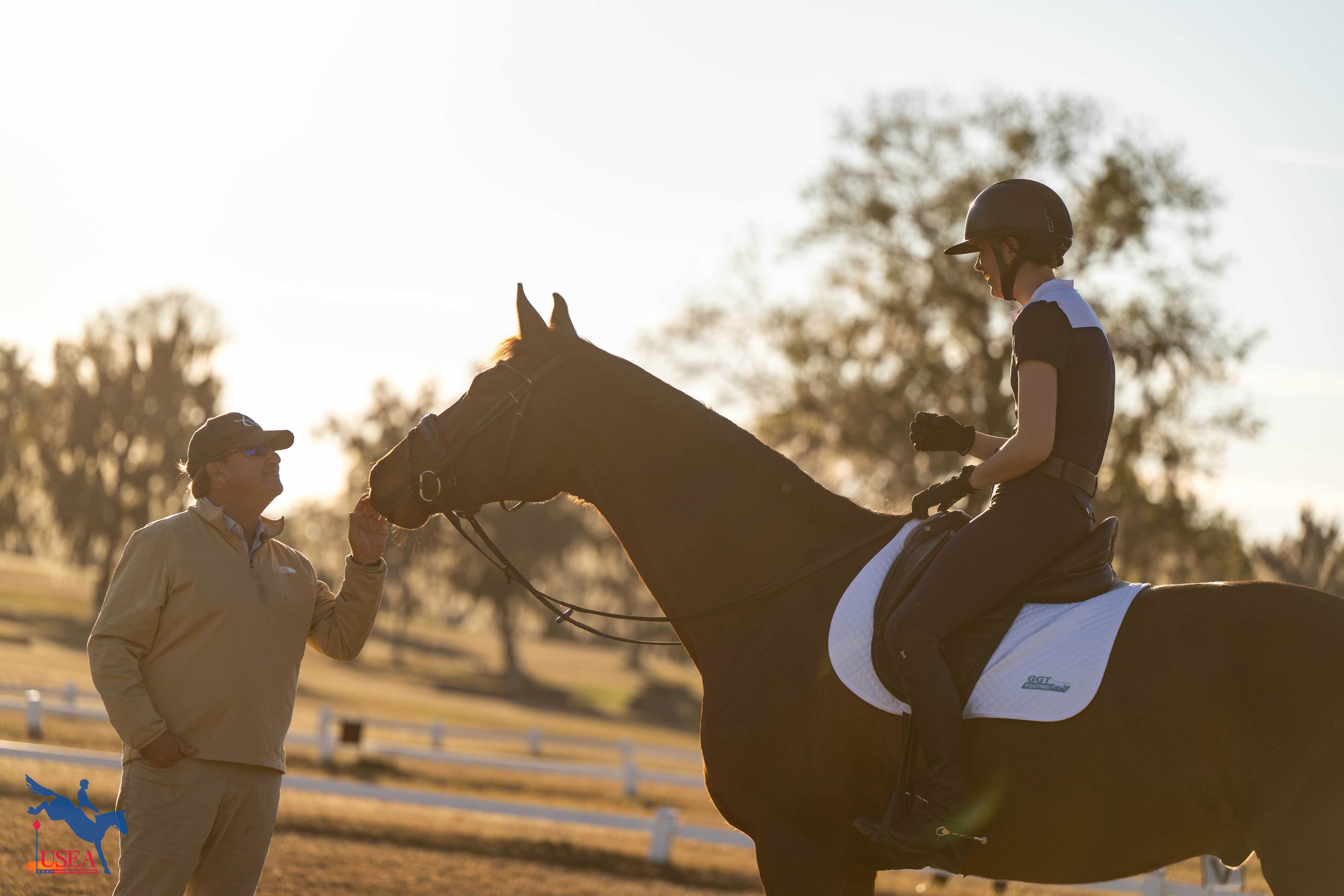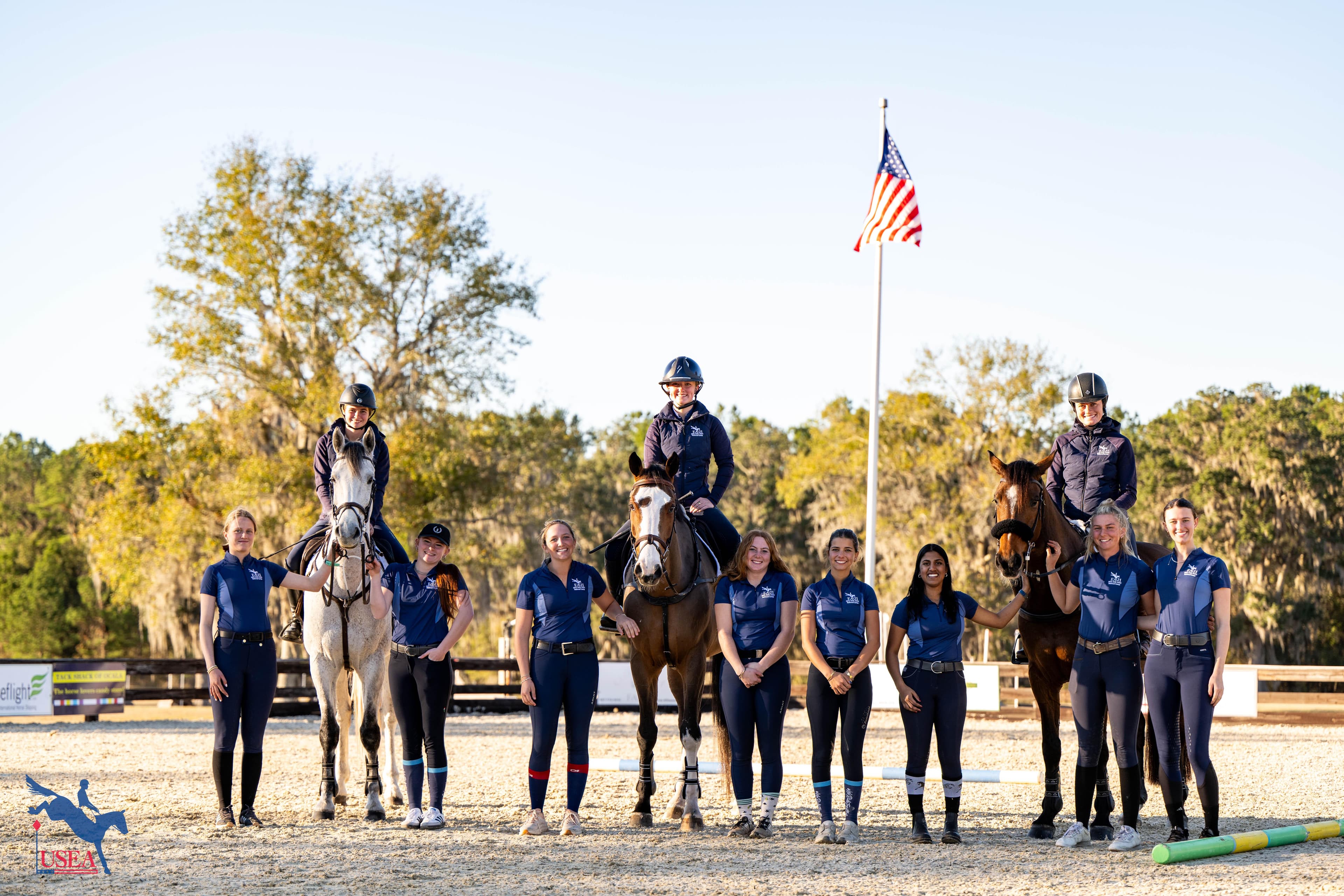Safety First: Building Your Own Cross-Country Schooling Course

Having the ability to school cross-country obstacles and questions at home is an invaluable resource, but designing a home course requires a lot more than just a few jumps scattered around the property. Safety should be your number one concern, no matter if you are building the course for your own benefit or to create a new opportunity in your community for open schooling. The USEA has several documents to help give you guidance when constructing a cross-country track at home such as the Create a Safe Cross-Country Schooling Course handout or the USEA Cross-Country Course Design Guidelines. Here are a few examples for you to take into consideration before you get to building:
Footing is Key
The following excerpt is taken directly from the Create a Safe Cross-Country Schooling Course handout: “Footing is probably the most important aspect to consider in maintaining your schooling course. The education and safety of the horse all starts with good footing.”
Things for consideration regarding footing:
- Footing around permanent jumps will have to be fixed routinely and the use of stone dust in high-traffic areas will help maintain the integrity of the ground around your jumps.
- Water complexes need regular monitoring for footing quality to ensure no holes or depressions have occurred as a result of regular schooling.
- Gas up that lawnmower! Grass courses will need to be mowed a minimum of two times per month, sometimes as many as four times a month in the growing season.
- And on the topic of mowing, be ready with the weedeater as well.
- If your course is mostly soil or sand, be sure to create channels for water run off when heavy rain occurs.
Jump Safety
- When it comes to building a course at home, less is more. Don’t overcrowd your schooling field.
- Consult documents such as this one if you are building your jumps on your own. When in doubt, consult a licensed builder and designer for guidance in building and placing jumps on your property.
- Inspect your jumps routine for safety hazards such as loose boards, nails, and screws. Replace rotten logs and repaint/restain jumps as needed so the horse’s ability to see and read the jump is not impacted.
- Stake down any portable jumps on the property. It is recommended that any jump, no matter its size or weight, be anchored into the ground to render it immobile.
Logistics
- If constructing your own jumps and obstacles, know the allowable dimensions for each level and build jumps suitable to your needs now. For example, an open ditch has varying degrees of inside width. Novice ditches will be 2.6” in width while Advanced ditches will be 8’ in width. All ditches other than Beginner Novice should be approximately 2’ deep.
- If your course is open to outsiders to school, ensure that all jumps are flagged appropriately so your visitors know which jumps fall safely within their abilities.
- Ground lines help the average horse take off at a safe distance from the jump. The closer to fence the ground line, the taller it should be. For example: Obstacles at 1.20m/47” high with the anticipated speed of horse at 300mpm; the average horse should not get closer than .90m/35”
- Consider the impact of the approach when placing obstacles. Upslope fences are easier for horses to jump, downslope fences add in difficulty so fences on a downslope should be 2” below the maximum height allowed.
Creating your own cross-country schooling course opens up unlimited opportunities for supplemental education before making your way to a show, but the key is creating a course that is safe, inviting, and allows you and your horse to benefit from.














